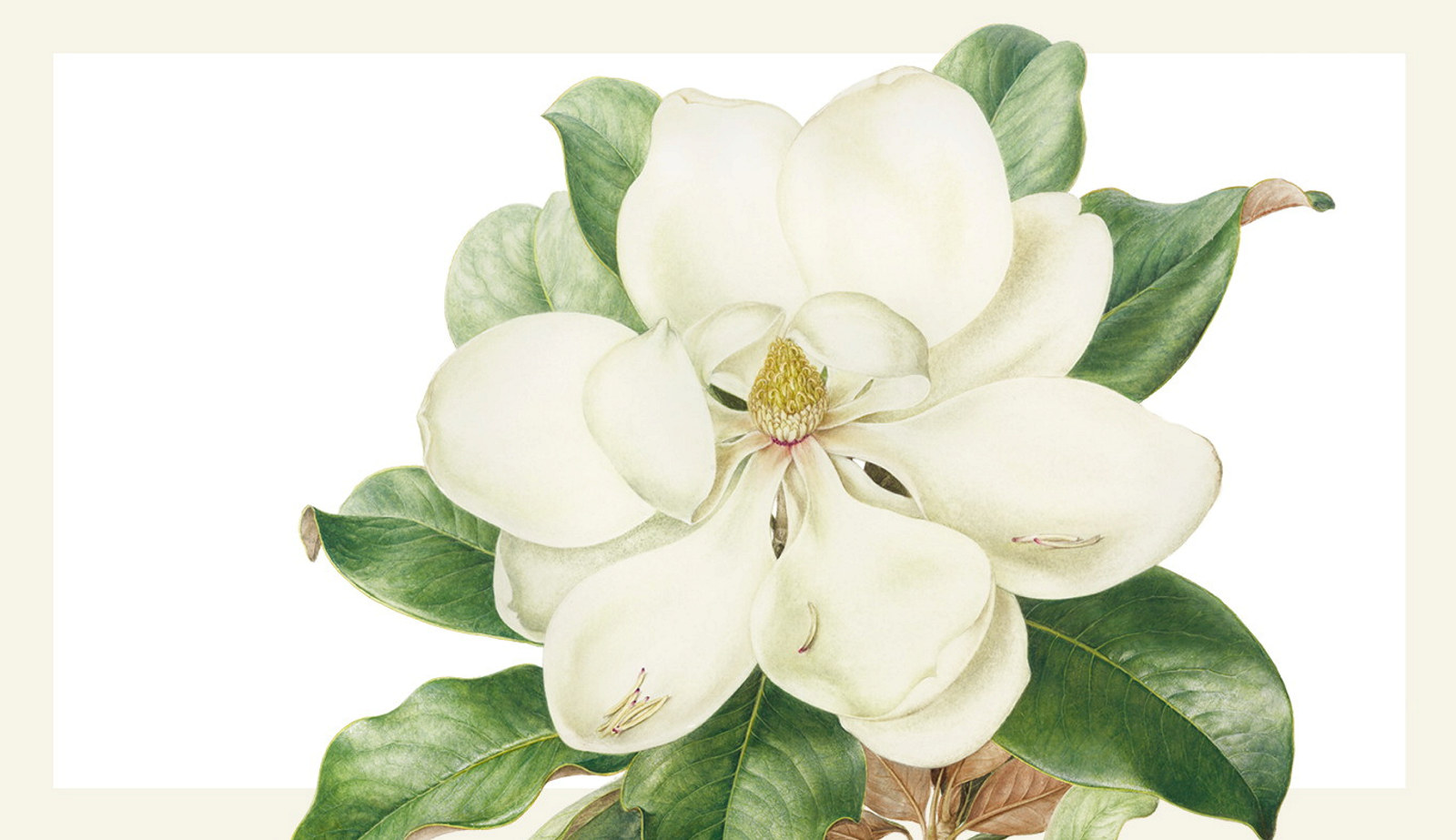A gathering of flowers: the Florilegium collection
Finely detailed botanical artworks reveal the range of plants introduced to Sydney’s gardens over the past 200 years.
Colleen Morris, guest curator
The word ‘florilegium’, literally a gathering of flowers, was first used in 1590 to describe a publication that focused on the beauty of plants rather than their medicinal value. Florilegia flourished from the 17th century to the late 19th century, during which time they portrayed collections of rare and exotic plants. Modern florilegia record collections of plants from within a particular garden or place rather than new species from afar.
In 2005 the Florilegium Society was formed to create a unique collection of contemporary botanical paintings of some of the most significant plants in the living collections of the Botanic Gardens & Centennial Parklands (the Gardens).[1] Created over the past decade by 64 Australian and international artists, the 87 artworks are presented together for the first time in the exhibition Florilegium: Sydney’s Painted Garden, on now at the Museum of Sydney.[2]
The artworks depict familiar and rare Australian plants, as well as exotic species from Asia, the Americas, Africa, Europe and the Pacific region. They reveal how, since 1816, the private gardens, public parks and landscapes of NSW, including some of those managed by Sydney Living Museums, have been influenced by the plants grown by the Gardens.
There has been a recent renaissance of botanical art, with many of the artists having turned to the form following careers in other fields. Others, who had careers as professional artists or designers, draw on their experience and combine it with the exacting skill of botanical art to great effect. Beverly Allen, founder and President of the society, previously worked as a freelance graphic artist and illustrator before becoming a botanical artist in the 1990s. Of depicting plants, she considers that, ‘to achieve true representation they are painted from life, their transience a challenge to the artist as well as an inspiration’.[3]
Following is a selection of the exquisite artworks displayed in Florilegium.
to achieve true representation they are painted from life, their transience a challenge to the artist as well as an inspiration.
Past exhibition
Notes
[1] Botanic Gardens & Centennial Parklands comprises the Royal Botanic Garden Sydney, the Domain, Centennial Park, Moore Park, Queens Park, Blue Mountains Botanic Garden Mount Tomah and Australian Botanic Garden Mount Annan.
[2] The paintings have been gifted to the Botanic Gardens & Centennial Parklands in celebration of the bicentenary of the Royal Botanic Garden Sydney.
[3] From Beverly Allen’s introduction in Colleen Morris and Louisa Murray, The Florilegium, The Royal Botanic Gardens, Sydney, Celebrating 200 years, Sydney, The Florilegium Society at the Royal Botanic Gardens Sydney Inc., 2016, page 13.
Published on
Florilegium plants
Browse all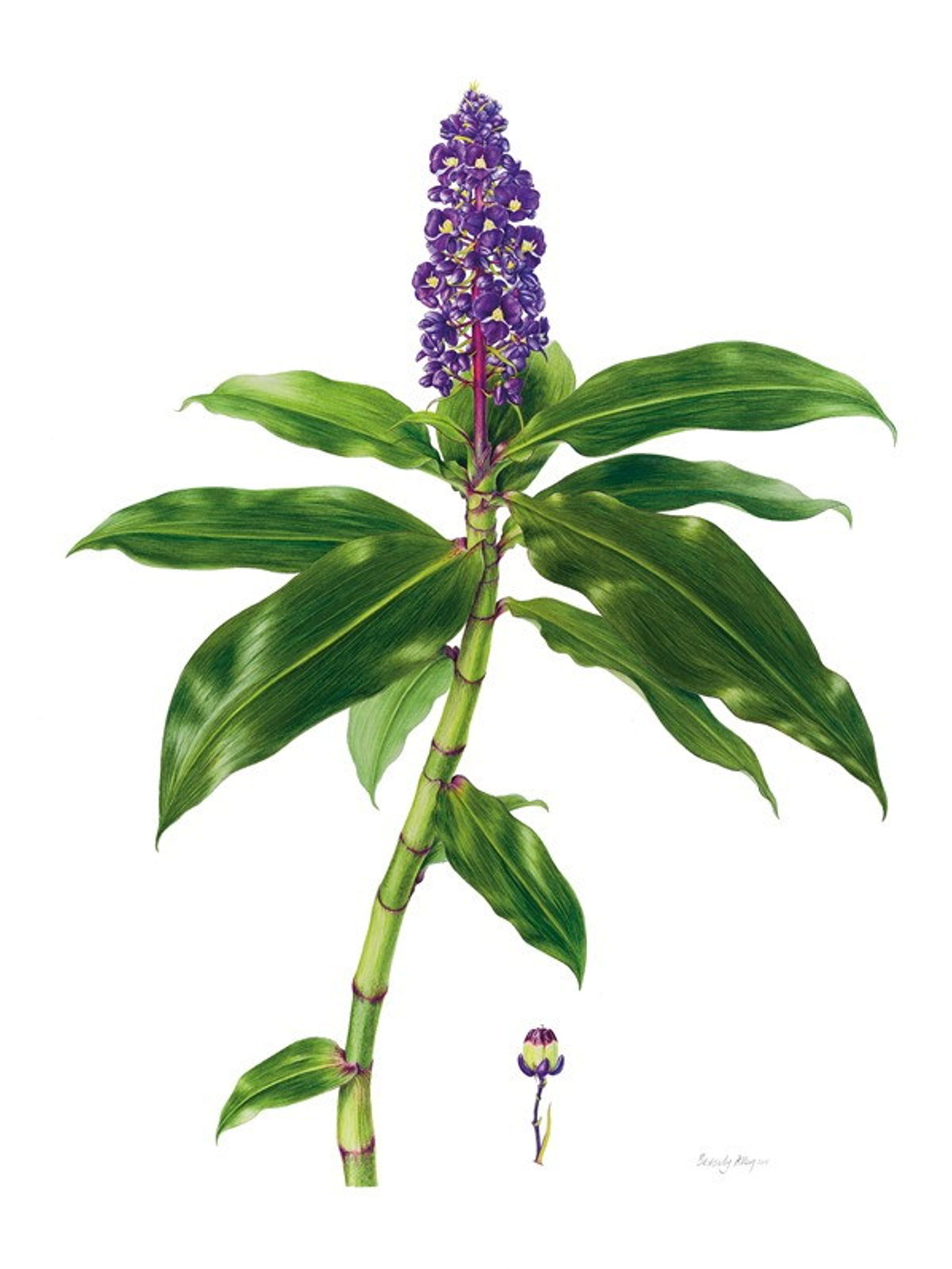
Florilegium plants
Blue ginger
Blue ginger was one of many hundreds of exotic plants William Macarthur grew at the family estate at Camden Park, where he established a nursery
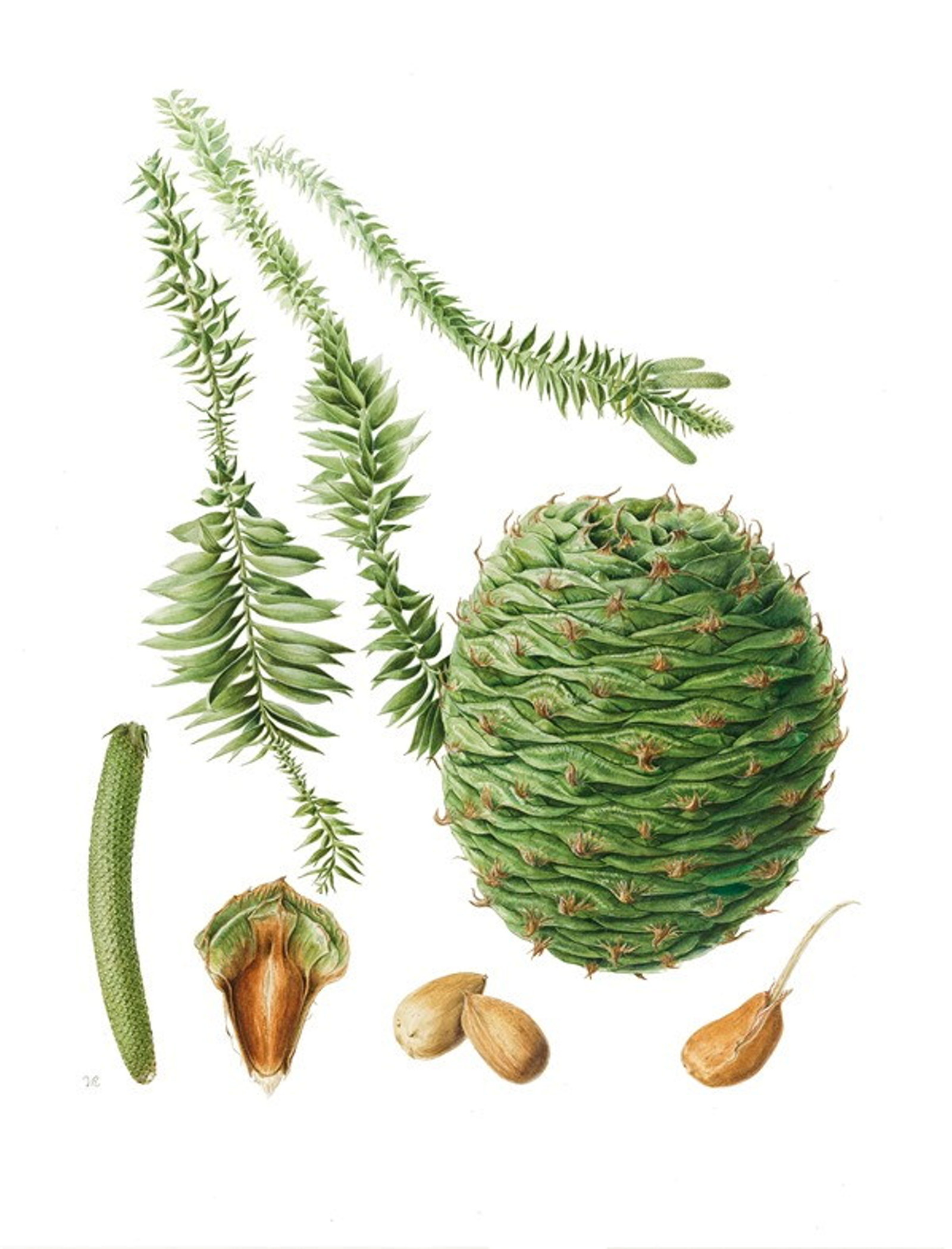
Florilegium plants
Bunya pine
Owners of large 19th-century estates often planted tall trees around the house or homestead so they could orient themselves from the surrounding area
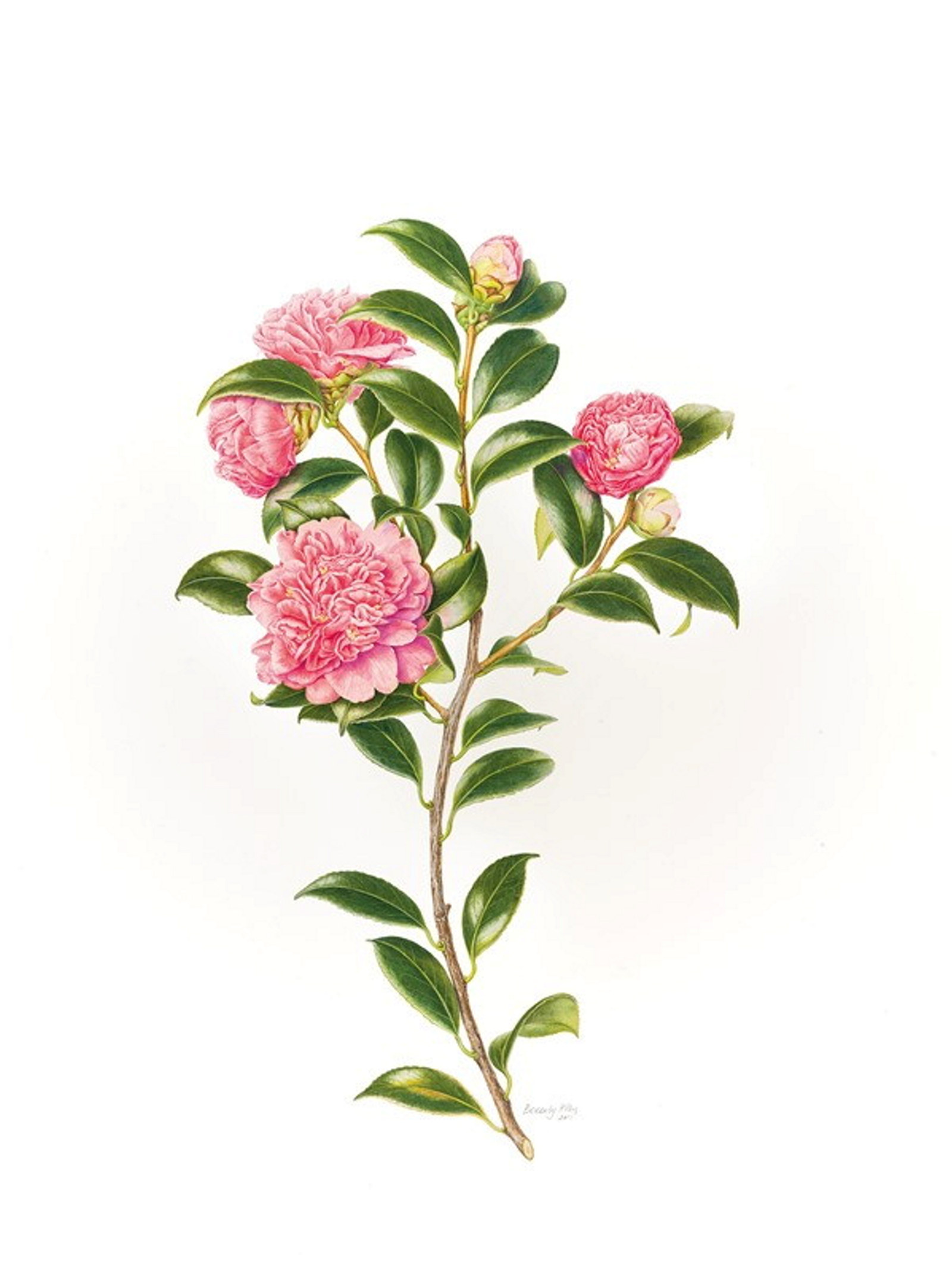
Florilegium plants
Camellia japonica 'Cleopatra'
Vaucluse House has a significant collection of historic camellia cultivars, some of them dating back to the mid-1800s
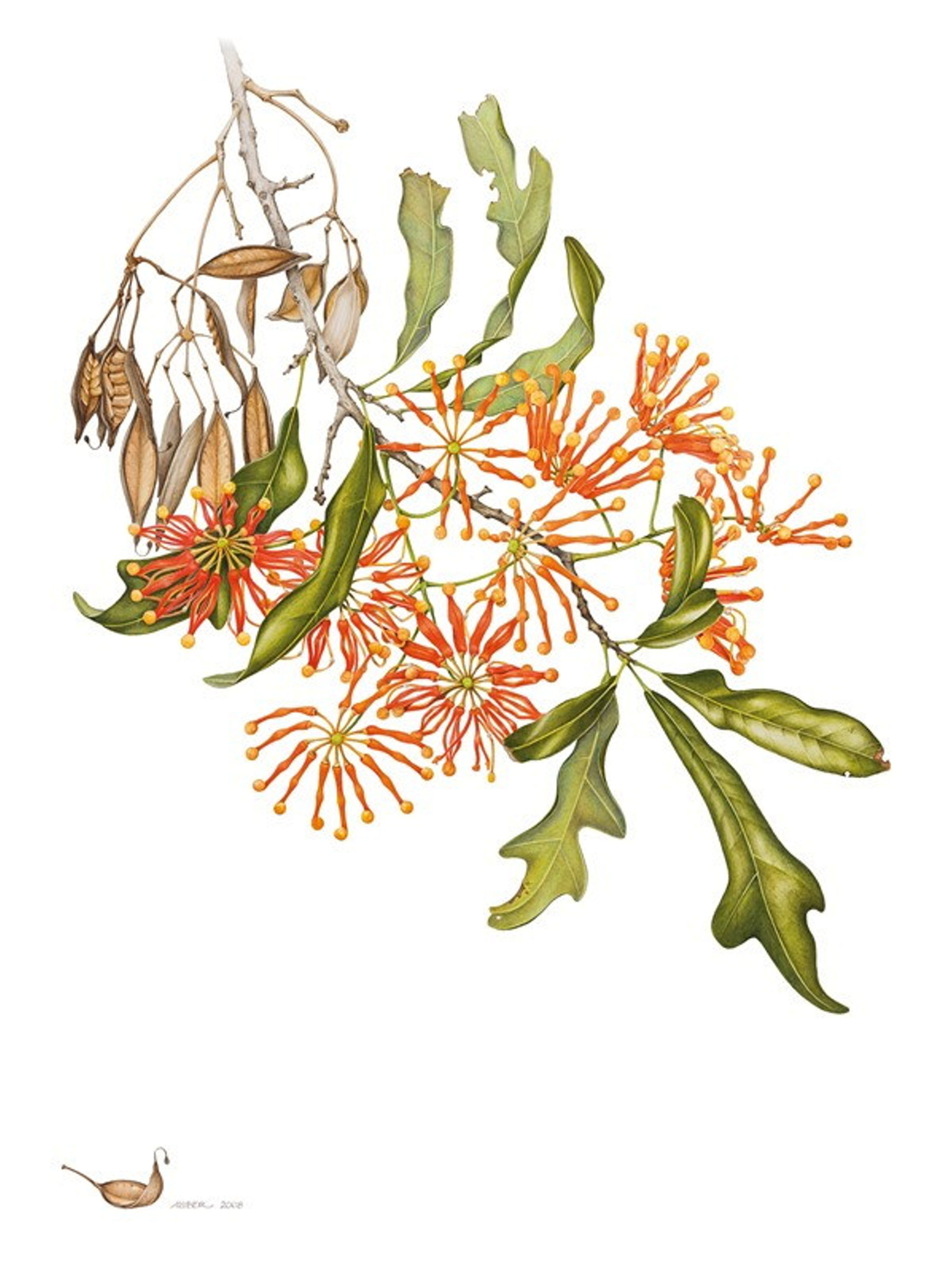
Florilegium plants
Firewheel tree
A Queensland firewheel tree is one of the more prominent surviving elements of the garden Rose Seidler established around the modernist, Bauhaus-influenced house designed for her by her architect son, Harry, and completed in 1950
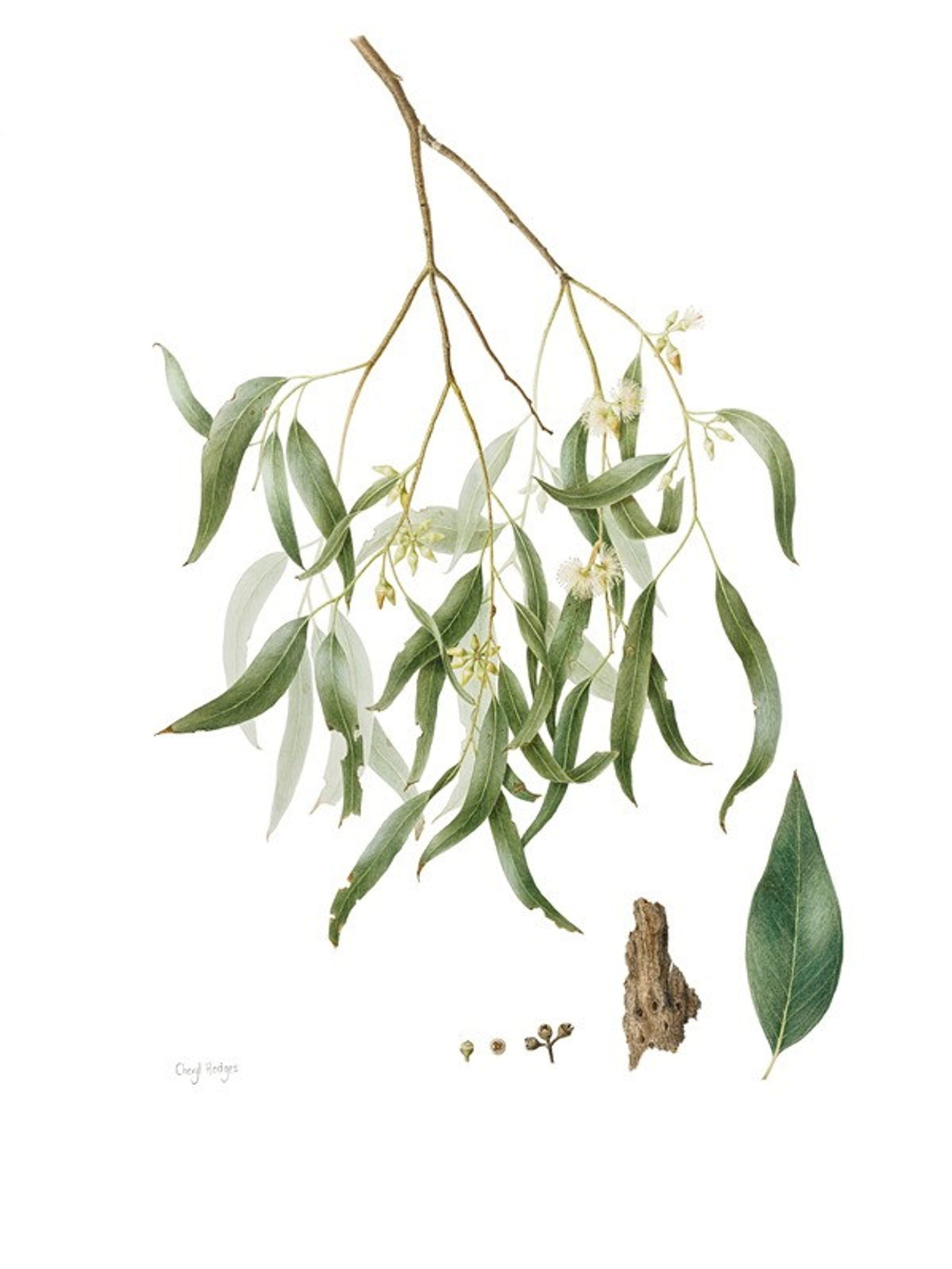
Florilegium plants
Forest red gum
The eucalypt bushland that fringed Colonial Secretary Alexander Macleay’s 54-acre (almost 22-hectare) grant at Elizabeth Bay appealed to the early 19th-century taste for the artfully rustic style known as the ‘picturesque’
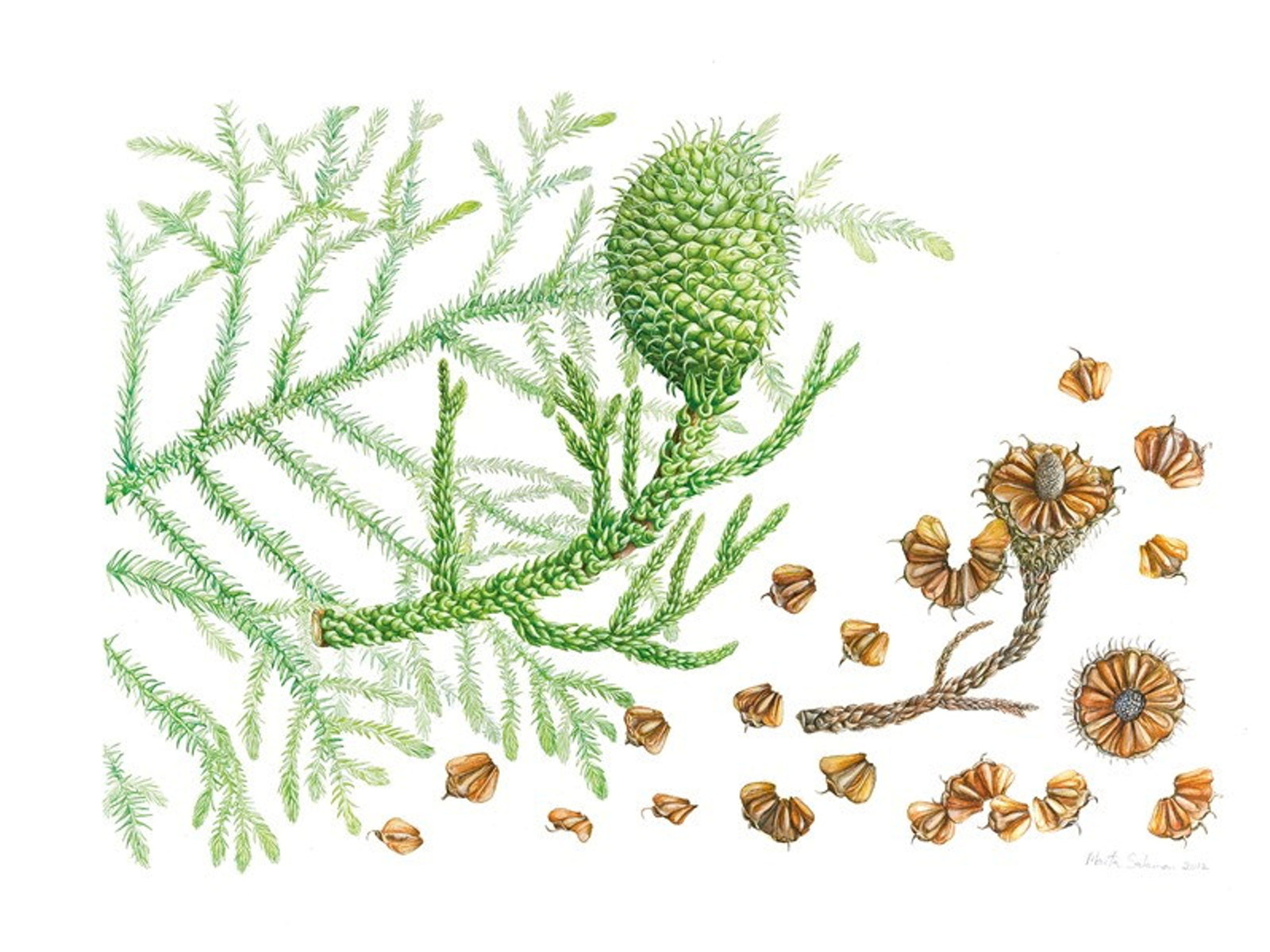
Florilegium plants
Hoop pine
Members of the Araucaria genus are some of the most important trees used in early colonial gardens
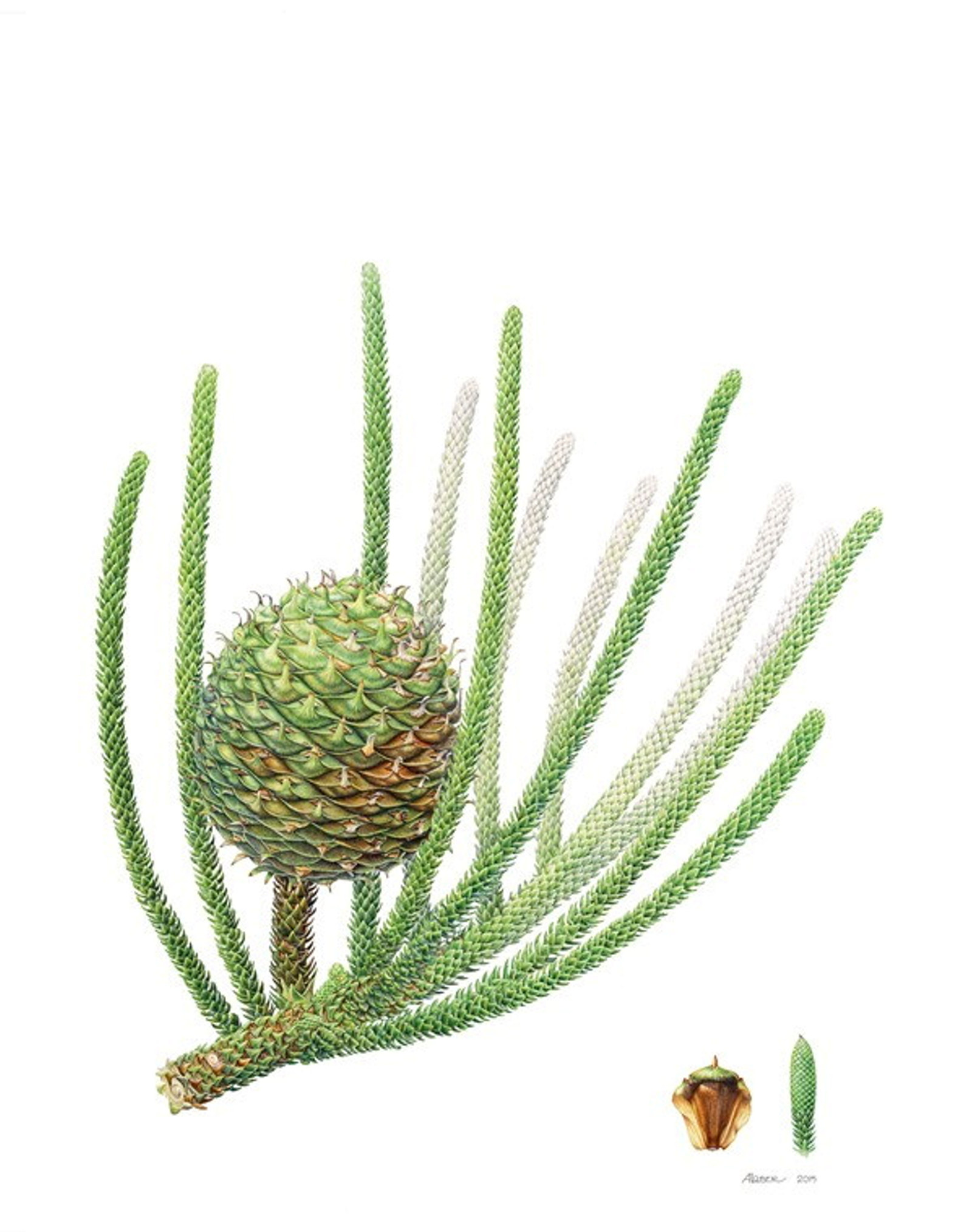
Florilegium plants
Norfolk Island pine
By the 1860s the informal parkland surrounding Vaucluse House was studded with several Norfolk Island pines

Florilegium plants
Port Jackson fig
A giant Port Jackson fig standing at the eastern corner of Vaucluse House is likely to date from the mid-1850s. Together with an older Moreton Bay fig, planted on the western side, it framed the pale sandstone Gothic Revival house with dark evergreen foliage
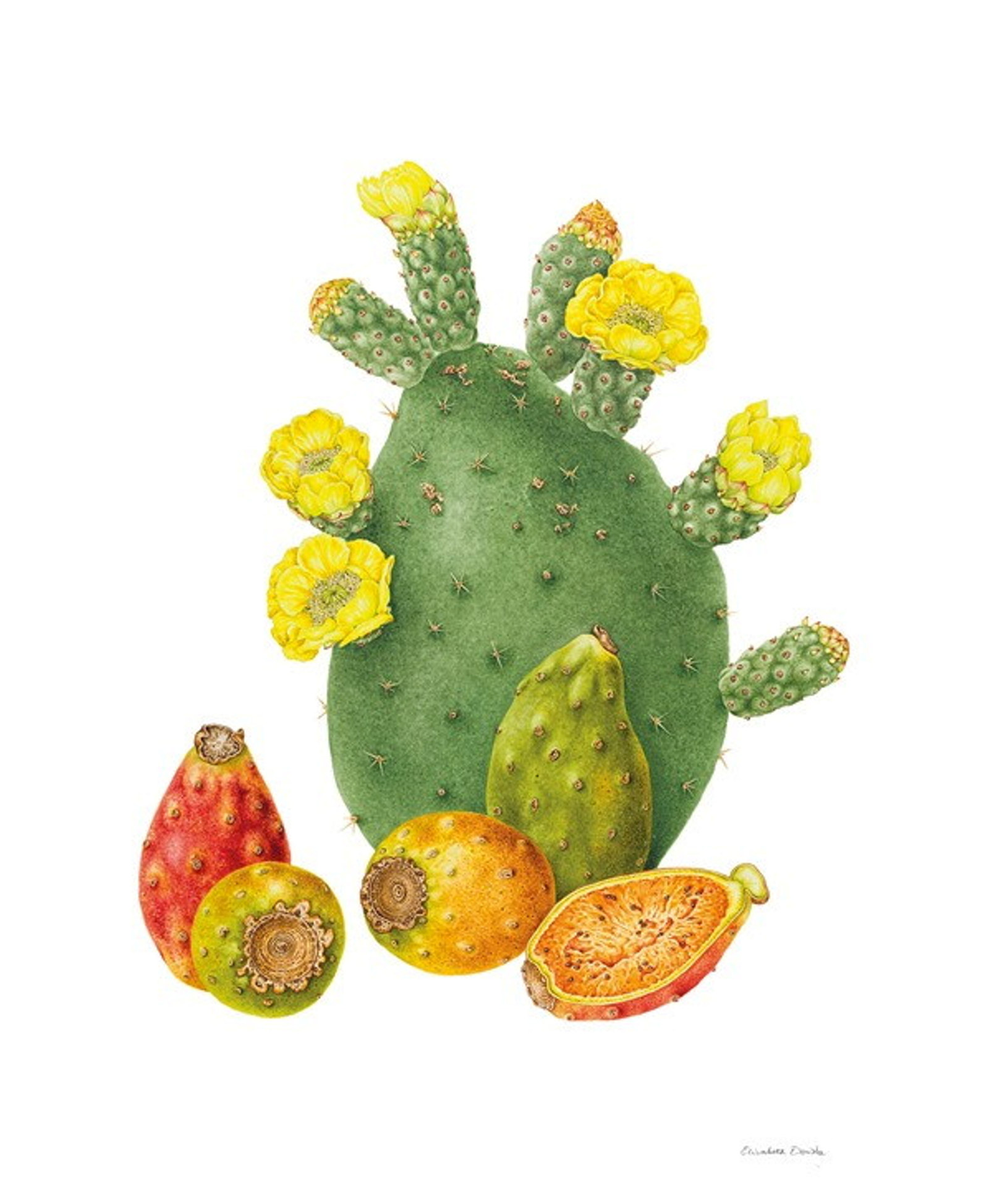
Florilegium plants
Prickly pear
The first Opuntia plants were introduced to NSW in 1788 in the hope of establishing a cochineal industry (prickly pears are host to the cochineal beetle, used in the manufacture of scarlet dye)
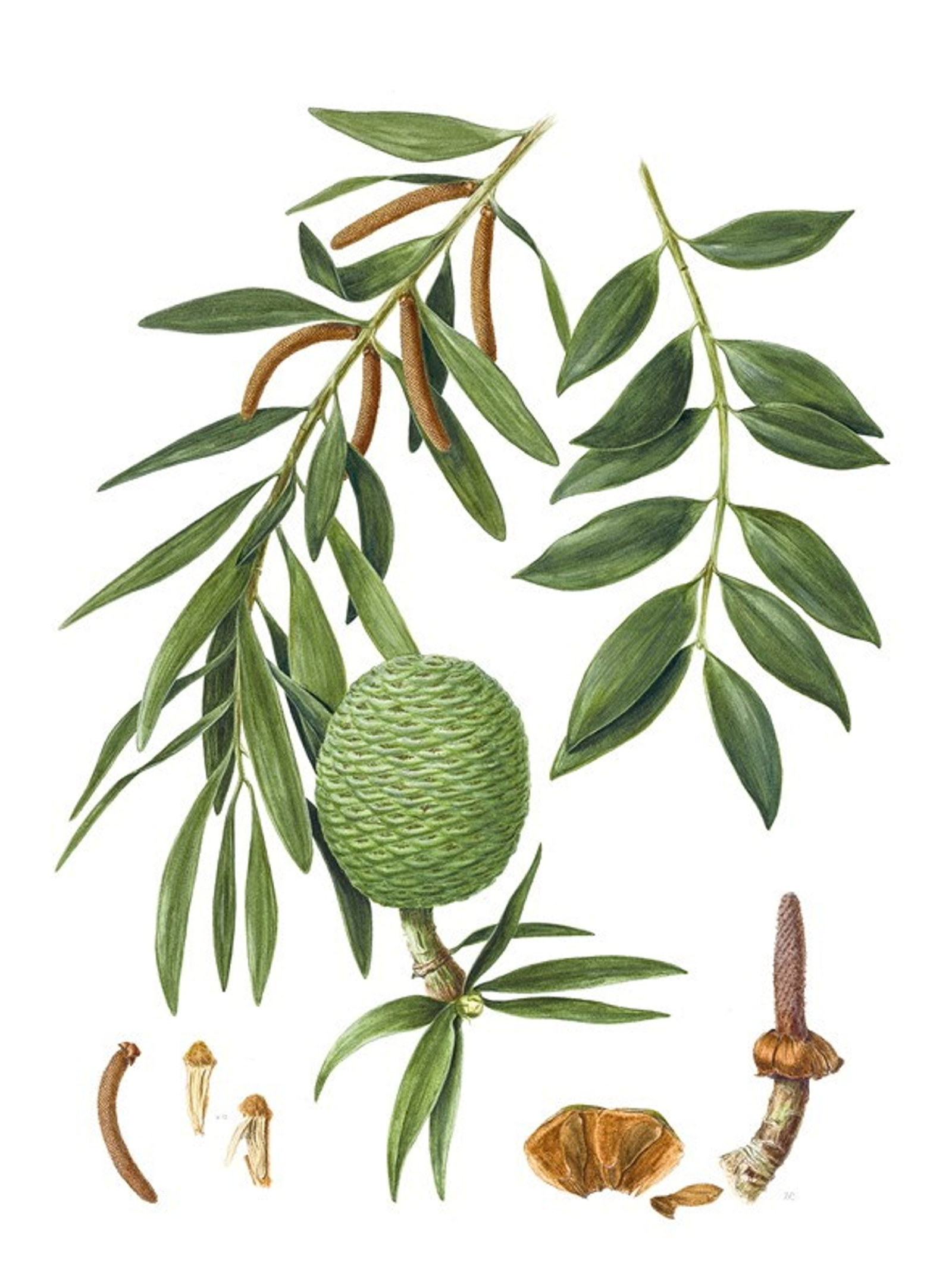
Florilegium plants
Queensland kauri pine
The kauri’s journey from the rainforests of Queensland to the garden at Elizabeth Bay illustrates the close links between gentlemen gardeners and the Botanic Garden

Florilegium plants
Rock lily
Colonial Secretary Alexander Macleay planted his famous garden at Elizabeth Bay with botanical rarities from around the world
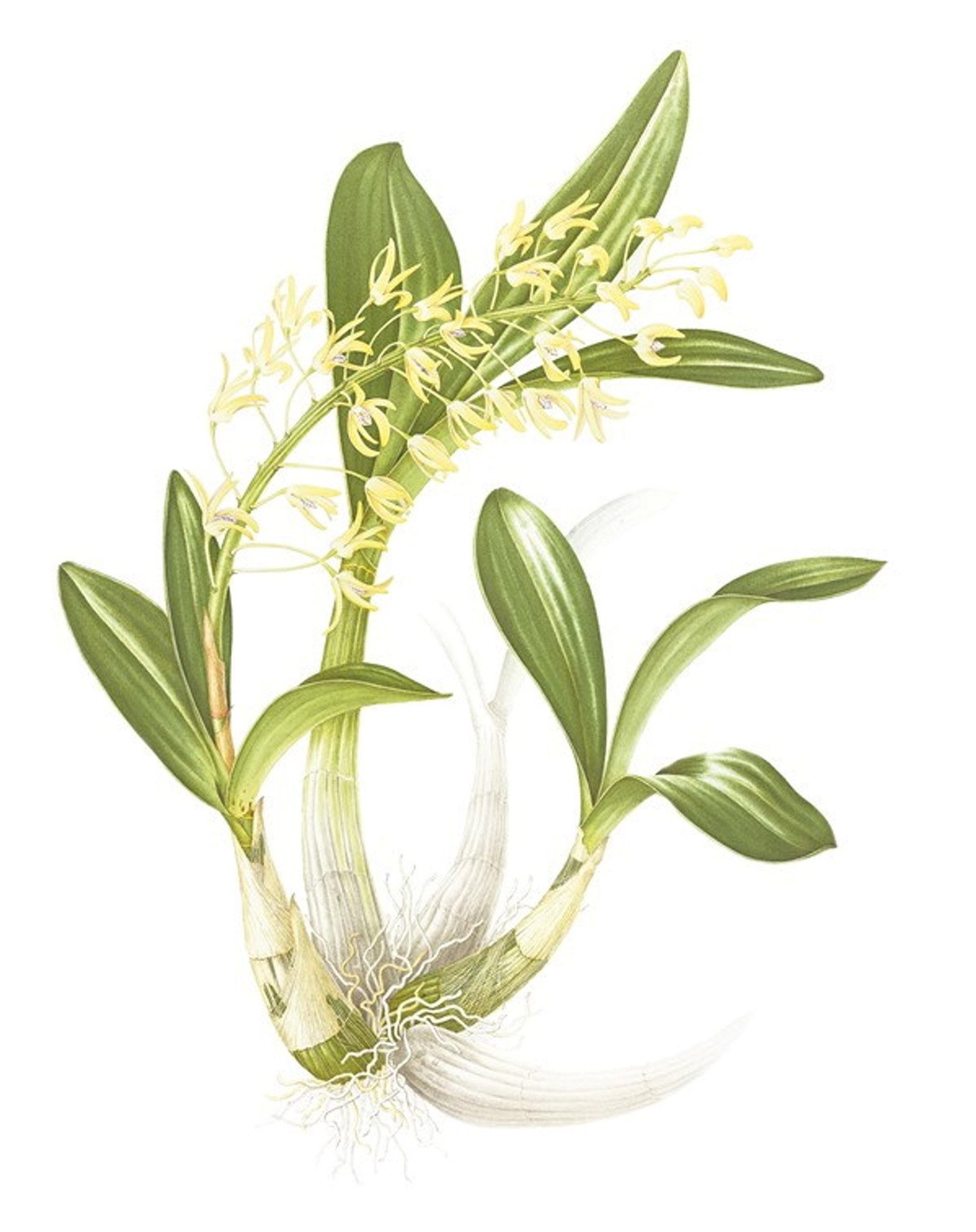
Florilegium plants
Southern magnolia
A pair of southern magnolias – one now fallen, one removed – in the pleasure garden at Vaucluse House were once reputed to be the largest and finest in the colony
Plant your history
Browse all
Plant your history
Beautiful bountiful bamboo
One of the most recognisable plants growing at Museums of History NSW today is bamboo. This colourful plant has a long history in colonial gardens

In the pink at Elizabeth Farm
Amid the late summer bounty in the garden at Elizabeth Farm, the crepe myrtle is the undoubted star of the show
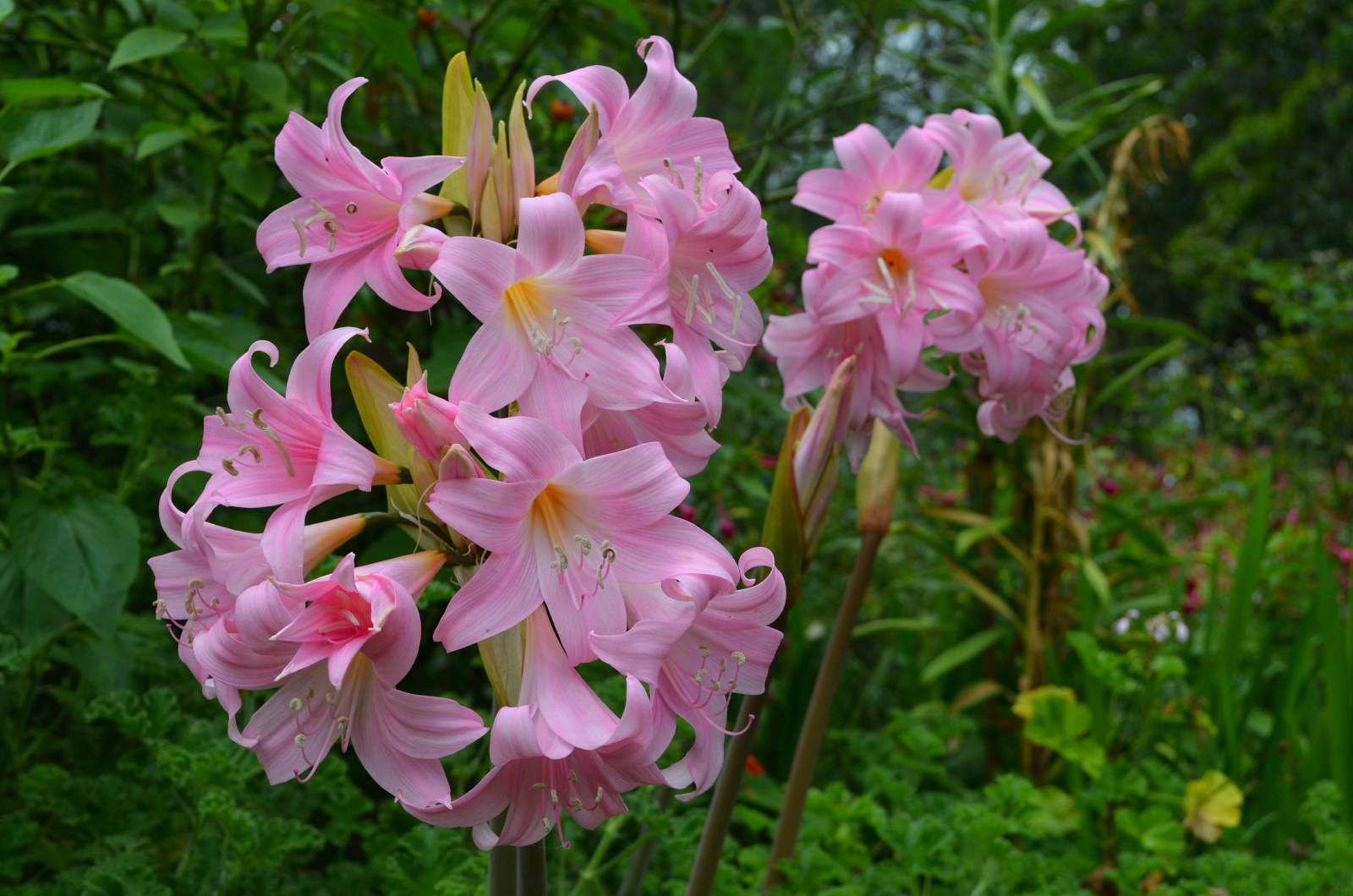
Plant your history
Sumptuous cape bulbs light up late summer gardens
Belladonna Lilies and Crinum Lilies are tough bulbs that never say die and can survive years of neglect
